Bulky Sectionals Are Out

Oversized, chunky sectionals that dominated open-plan living rooms are finally taking a back seat. According to recent interior design surveys, more than 68% of homeowners now prefer streamlined seating with lighter frames and modular capabilities. Bulky sectionals are being replaced by flexible pieces that can be rearranged or even taken apart to adapt to smaller, multifunctional spaces. As more people move into urban apartments, space-saving solutions are winning out. Designers note that the visual clutter of giant sofas feels outdated in minimalist 2025 homes. Instead, compact loveseats and armless chairs are rising in popularity, making rooms feel airy and open. The emphasis is now on furniture that serves multiple purposes, not just on size.
Faux-Industrial Metal Furniture Fades Away
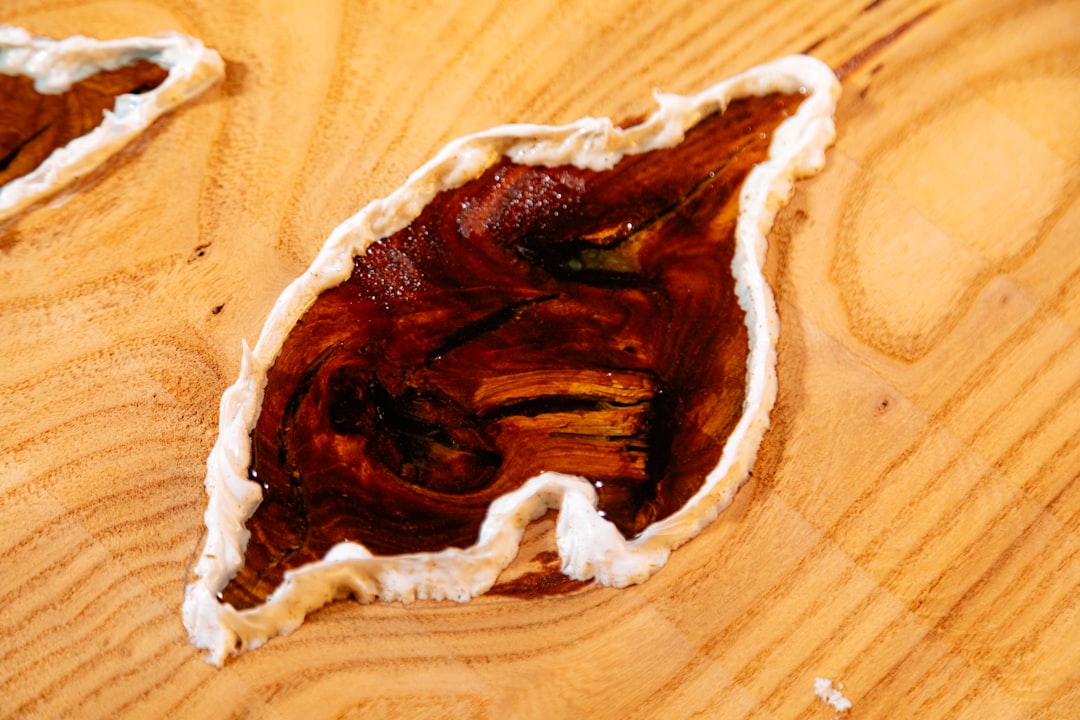
The faux-industrial look, with its black metal pipes and distressed finishes, is quickly losing appeal. Recent market analysis shows that sales of industrial-style coffee tables and shelving units have dropped by over 30% in the last year alone. Shoppers now associate the style with mass-produced, low-quality furniture rather than bespoke craftsmanship. Homeowners in 2025 are seeking warmth, natural materials, and personal touches instead of the cold, factory-inspired look. Designers report that exposed metal and faux-rust finishes now seem harsh, especially in homes where comfort and coziness are top priorities. The shift is toward softer lines, matte finishes, and authentic wood.
Fast Furniture Is Losing Favor

Fast furniture—cheap, disposable pieces from big-box stores—are rapidly being phased out by style-conscious homeowners. Research highlights that nearly 60% of consumers regret buying fast furniture within the first year due to durability issues and environmental concerns. In 2025, the trend is clear: people want lasting investment pieces that hold up over time. Environmental data shows landfills are overflowing with discarded furniture, making sustainability a huge focus for new purchases. The stylish homes of the future are filled with vintage finds, refurbished classics, and solid wood items that tell a story, rather than flimsy, mass-produced pieces.
Overly Ornate Farmhouse Decor Disappears
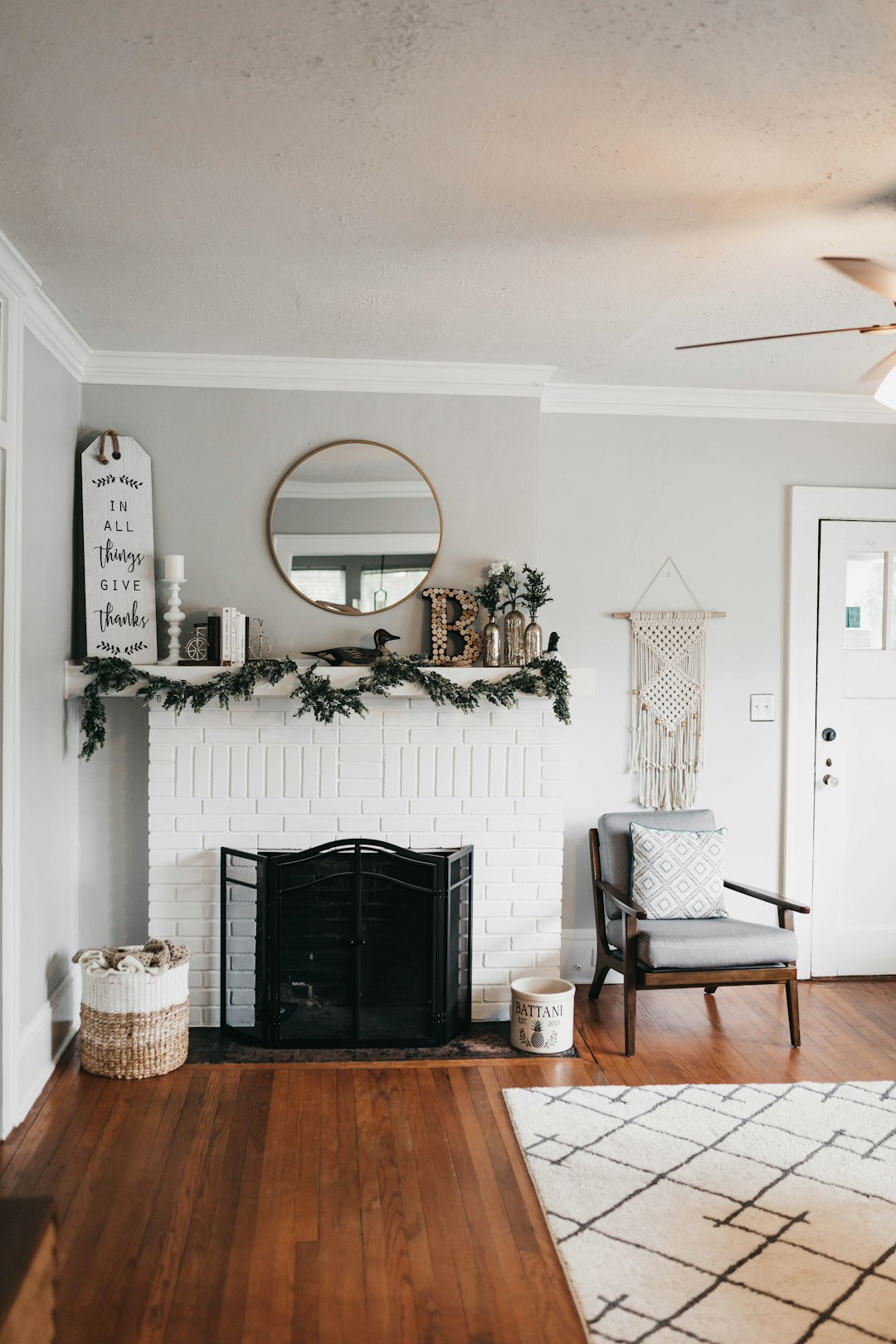
The farmhouse craze, once adored for its shiplap walls and distressed wood, is fading fast. Data from home renovation platforms reveals a 40% decline in the use of barn doors, fake weathered finishes, and heavy wooden dining tables in design projects over the past year. Experts say that what once felt charming now appears forced and inauthentic. Clean lines, subtle textures, and contemporary takes on rural living are replacing the kitschy, overly themed farmhouse look. Homeowners are saying goodbye to mass-produced signs with sayings and opting for subtle, nature-inspired elements instead.
Plastic Outdoor Furniture Drops in Popularity
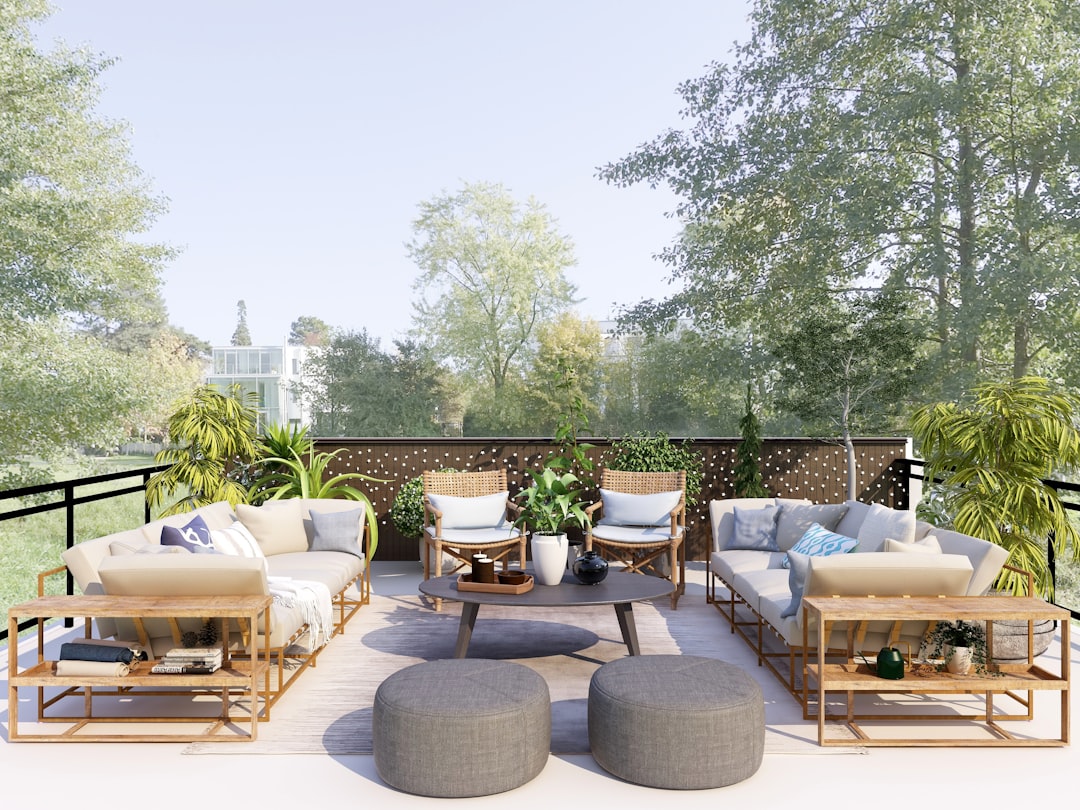
Plastic patio sets, once a staple of summer entertaining, are being left behind in 2025. Sales of plastic outdoor furniture have fallen by 25% according to recent industry reports, as consumers seek more sustainable and aesthetically pleasing options. Metal, teak, and weather-resistant wicker are now the materials of choice for outdoor spaces. Not only do these materials last longer, but they also add a sense of luxury and comfort that plastic simply can’t match. The emphasis is on creating outdoor “rooms” that feel as considered as indoor living areas, filled with plush cushions and natural textures.
Heavy, Dark Wood Furniture Is Being Replaced
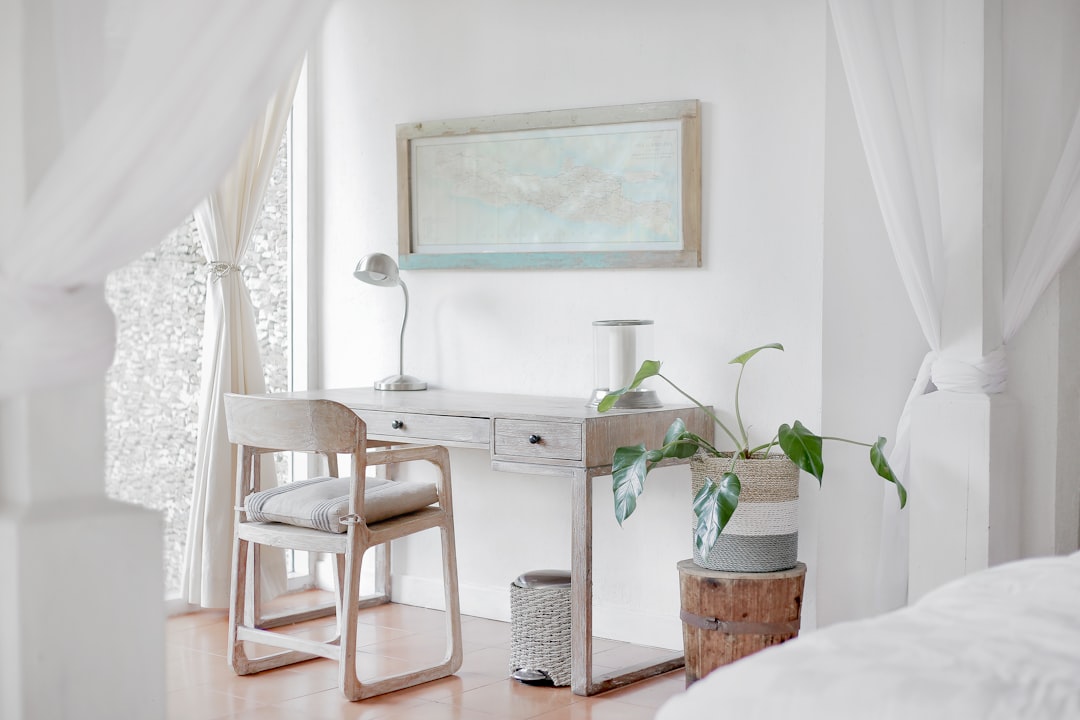
Furniture made from dark, heavy woods like mahogany and cherry is becoming rare in stylish 2025 homes. Market research shows a 35% decline in demand for these traditional, formal pieces. Today’s homeowners are drawn to lighter woods such as oak, maple, and ash, which brighten interiors and make spaces feel larger. Designers emphasize that lighter tones blend better with a variety of styles, from Scandinavian to Japandi. The move away from dark wood also reflects a broader trend toward casual, multipurpose spaces rather than formal dining or living rooms.
Wall-to-Wall Carpeting Falls Out of Favor
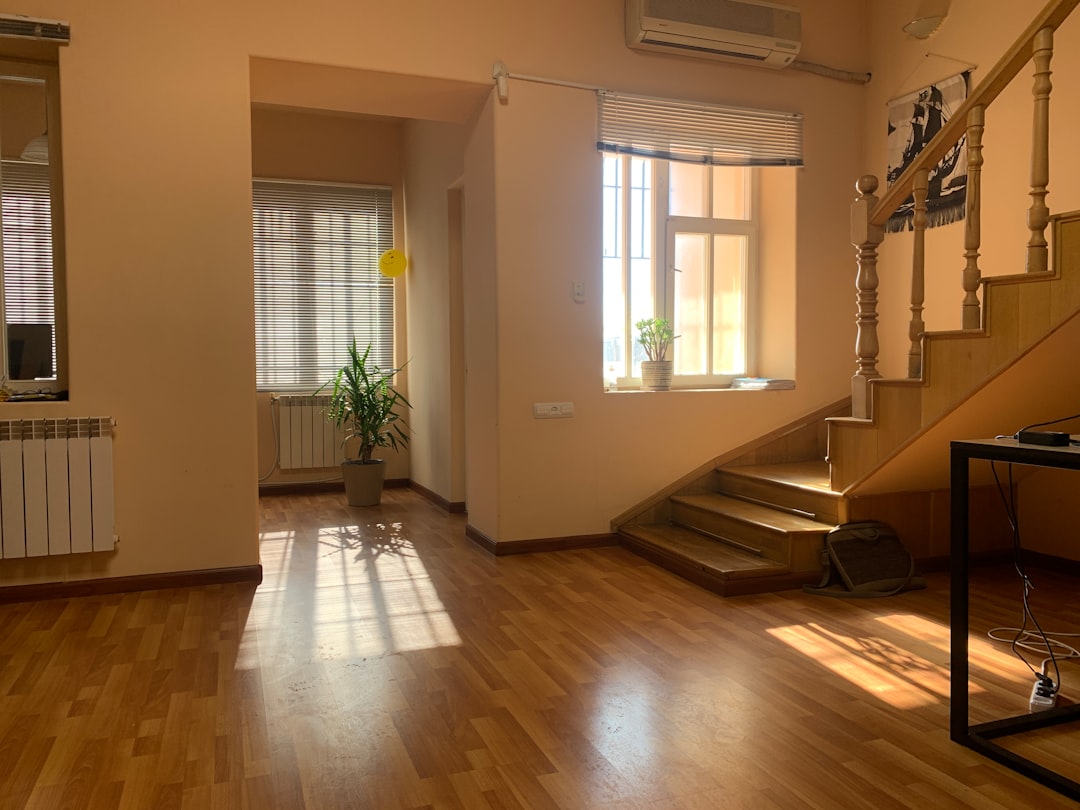
Wall-to-wall carpeting, once a symbol of comfort and luxury, is quickly disappearing from design-forward homes. Recent polls show that only 12% of homeowners planning renovations in 2025 are considering carpeted rooms, a steep drop from previous years. People are opting for hardwood, bamboo, or polished concrete floors, which are easier to clean and more versatile in style. Layered area rugs add warmth and texture without the maintenance issues of full carpeting. Health concerns, such as allergies and dust mites, are also influencing this shift away from carpets.
Open Shelving in Kitchens Is Declining
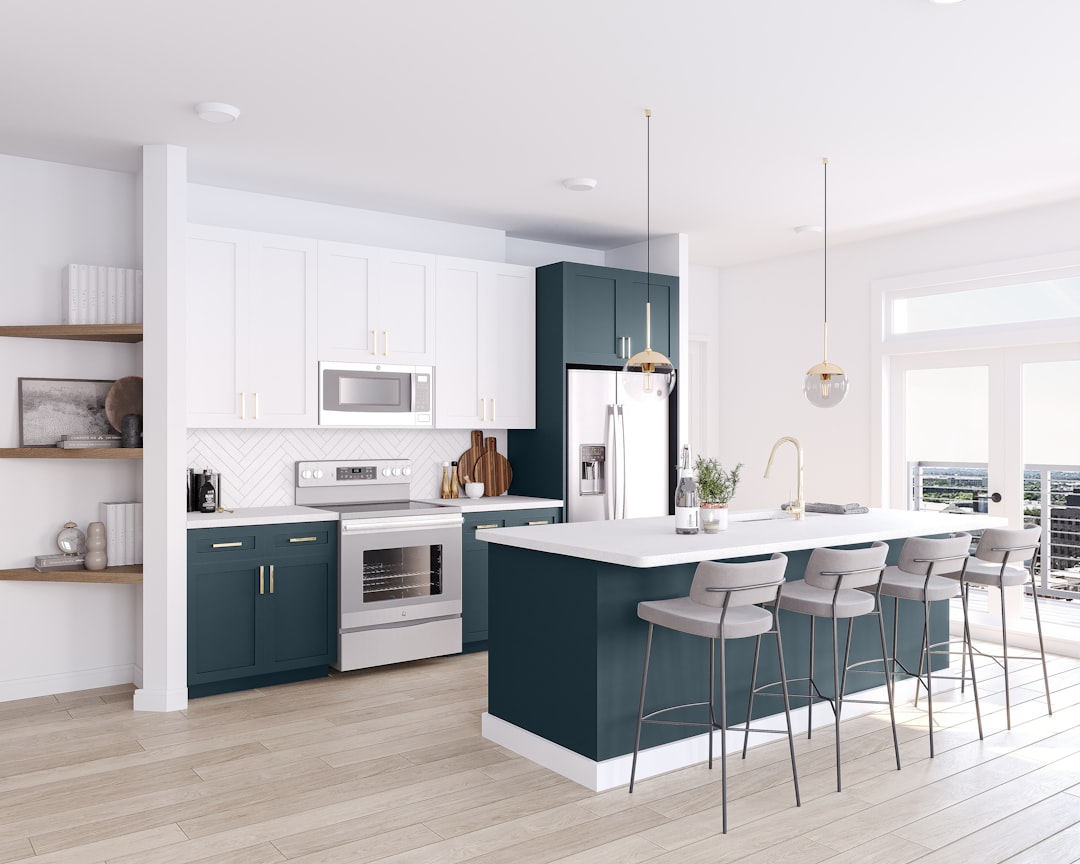
Open shelving, which once promised a fresh, airy kitchen, is trending downwards according to kitchen design statistics from the past two years. Nearly 55% of homeowners now regret installing open shelves due to constant dusting and the pressure to keep dishes “Instagram-ready.” Closed cabinetry is making a comeback in 2025, offering both cleanliness and a streamlined look. While some open shelves remain for displaying special pieces, the majority of kitchen storage is moving back behind doors. This change signals a desire for practicality and ease of use over visual trends.
Matching Furniture Sets Are No Longer In
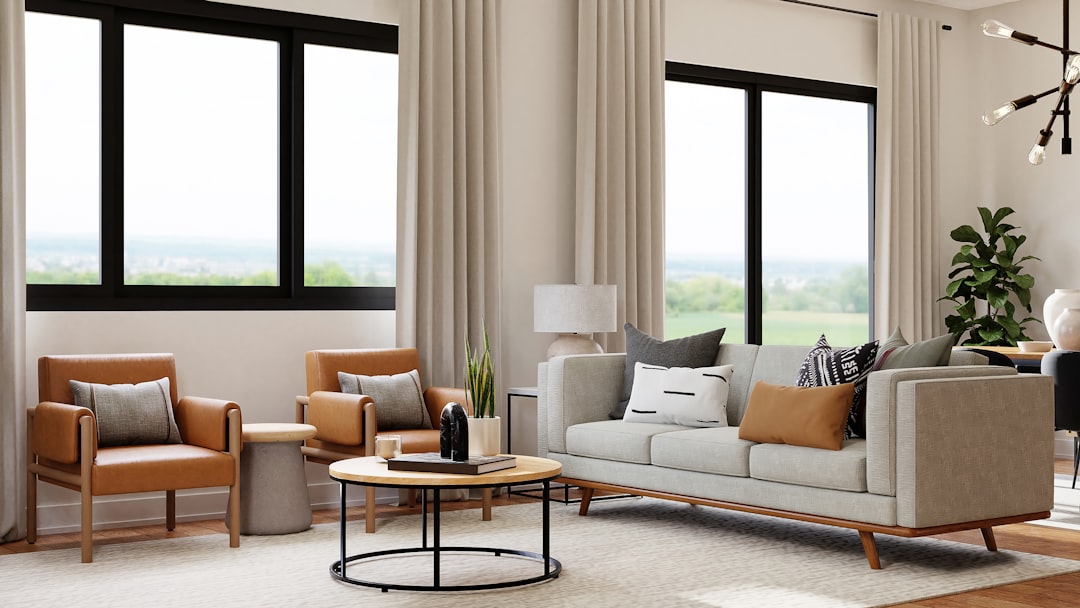
Gone are the days when stylish homes boasted perfectly matched living room or bedroom sets. Recent consumer research reveals that only 20% of furniture buyers in 2024 preferred coordinated sets, with most favoring a mix-and-match approach. The eclectic look, which blends vintage finds, contemporary pieces, and personal treasures, is defining stylish spaces in 2025. Interior designers point out that this approach feels more authentic and allows for greater self-expression. The focus is now on curating individual pieces that tell a story, rather than purchasing entire suites from a single catalog.
Ultra-Gloss Finishes Are Losing Their Shine
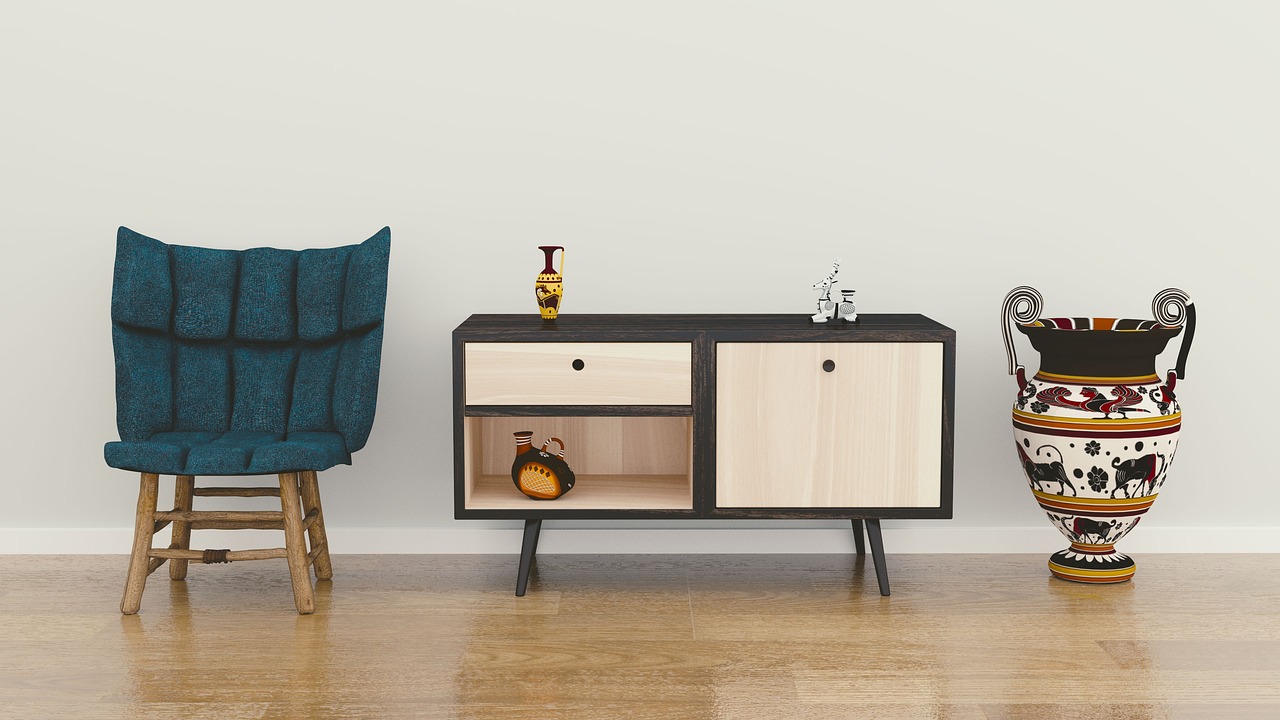
High-gloss finishes on cabinets, tables, and dressers are losing their appeal in stylish homes. Surveys from home improvement retailers show a 22% drop in ultra-gloss furniture sales over the last year. Matte and textured finishes are taking over, offering a more natural, tactile experience. Designers argue that shiny surfaces show fingerprints and scratches easily, making them impractical for busy households. The trend in 2025 is for finishes that feel inviting and understated, helping to create calming, comfortable interiors. The move away from gloss also aligns with the broader shift toward understated luxury and authenticity.

Lena is a thoughtful and imaginative writer with a passion for storytelling across the themes of travel, environmental sustainability, and contemporary home aesthetics. With a background in cultural media and a strong visual sensibility, Anna Lena creates content that bridges inspiration with practical insight.
Her work explores the interplay between place, lifestyle, and design—guiding readers through meaningful travel experiences, eco-conscious choices, and modern approaches to living well. Known for her elegant writing style and attention to detail, she brings a fresh, human-centered perspective to every topic she covers.
Anna Lena contributes to digital publications and editorial projects where aesthetics meet purpose. Her writing not only informs but also encourages readers to live more intentionally, sustainably, and beautifully—wherever they are in the world.
